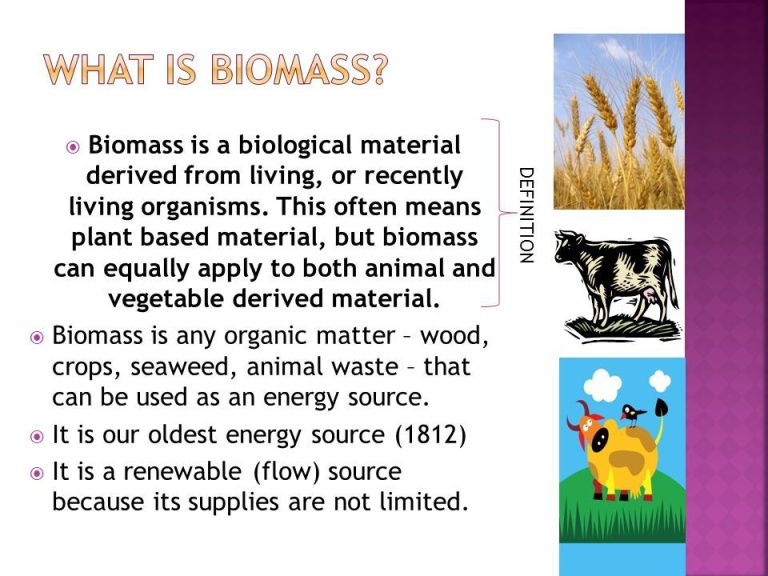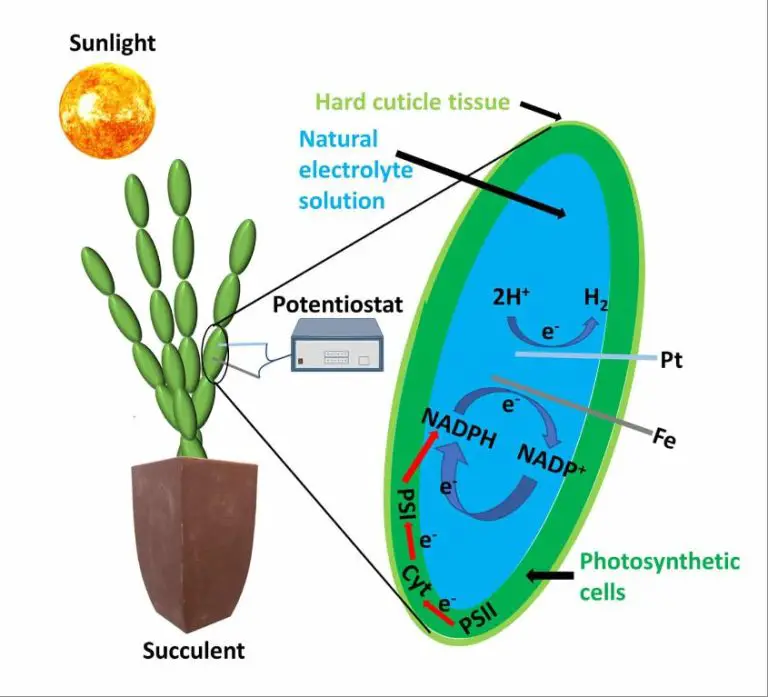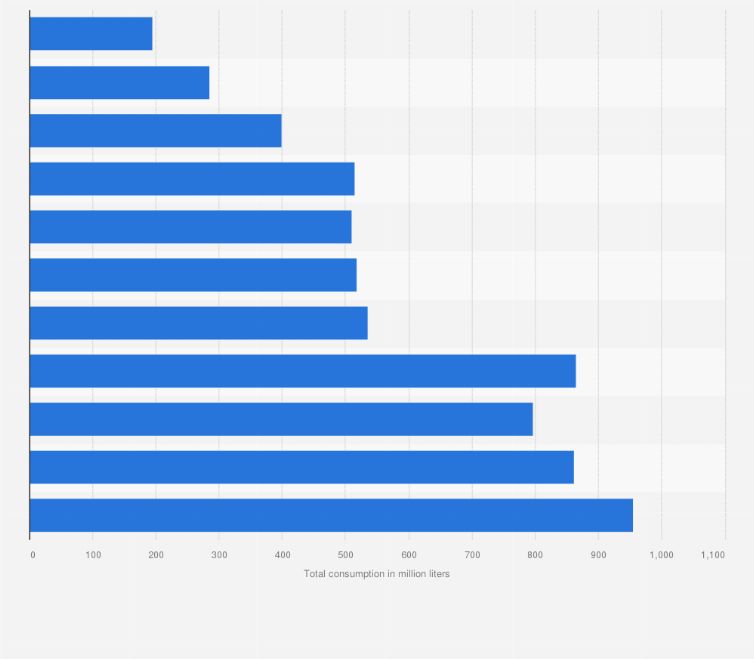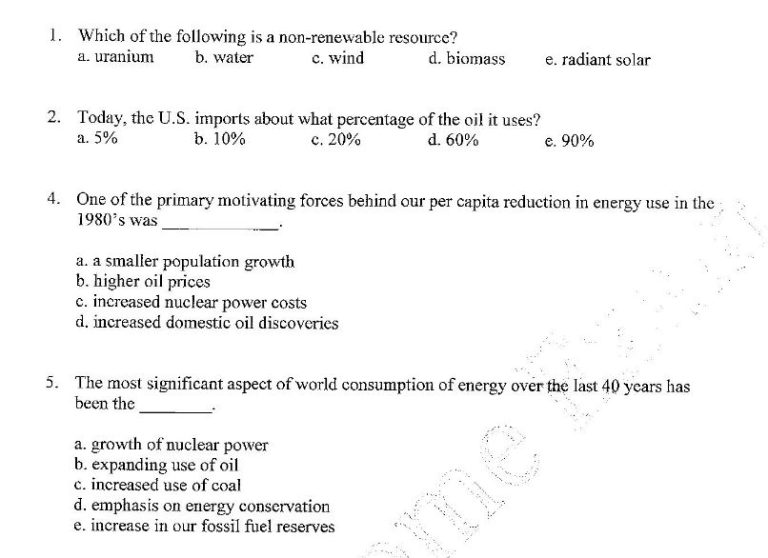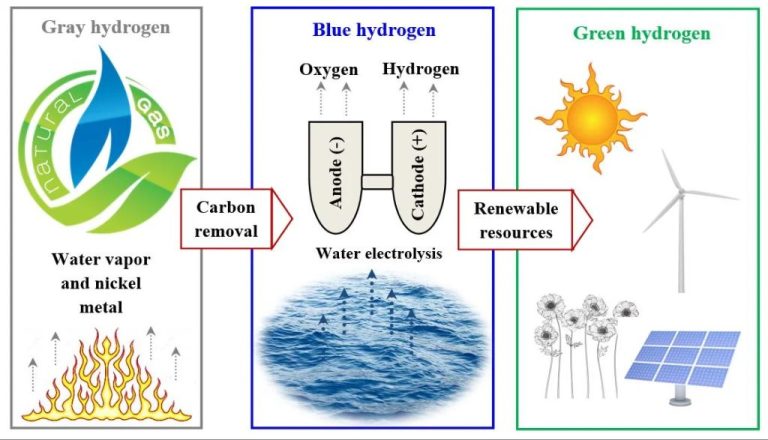How Does Biomass Turn Into Electricity?
Biomass is organic material that comes from plants and animals. It contains stored energy from the sun. Common examples of biomass include crops, wood, construction waste, manure, and municipal solid waste (https://www.eia.gov/kids/energy-sources/biomass/).
Biomass is considered a renewable energy source because plants and algae can regrow in a relatively short amount of time compared to many other sources. The plants absorb carbon dioxide from the air as they grow, and the carbon then gets released back into the atmosphere as biomass is burned, creating a closed carbon cycle (https://www.nationalgeographic.org/encyclopedia/biomass-energy/).
The process of turning biomass into electricity involves several steps. First, the biomass is collected and transported to a power plant. Next, it is burnt, gasified, or anaerobically digested to generate a producer gas or heat. The gas or heat is then used to turn turbines or generators that produce electricity.
Collecting Biomass
Biomass can come from a variety of sources, including wood, crops, and waste. Some common sources of biomass include:
- Forestry residues like dead trees, branches, and tree stumps
- Agricultural residues like corn stalks and sugarcane bagasse
- Food, yard, and wood waste from municipal and industrial sources
- Crops like switchgrass and poplar trees grown specifically for energy production
There are several methods available for harvesting and collecting biomass feedstocks 1. These include:
- Manual harvesting using hand tools like axes, chainsaws, machetes, etc.
- Mechanical harvesting using machinery like balers, chippers, and excavators.
- Collection from waste streams at farms, landfills, food processing plants, etc.
After collection, biomass often undergoes pre-processing to make it easier to transport, store, and convert into energy. Common pre-processing steps include 2:
- Size reduction through chipping, grinding, or shredding.
- Drying or dewatering to reduce moisture content.
- Densification into pellets to increase bulk density.
- Removal of contaminants and separation of materials.
Converting Biomass to Energy
There are three main methods for converting biomass into usable energy forms: combustion, gasification, and anaerobic digestion.
Combustion involves burning biomass directly to produce heat and generate steam that can be used to drive turbines for electricity generation. During combustion, the chemical energy stored in the biomass is released as heat. Combustion is the most common and mature conversion method used today.
Gasification converts biomass into a combustible gas mixture through a thermal decomposition process. The resulting “syngas” can then be used to generate electricity via combustion or it can be processed into biofuels. Gasification breaks down biomass at high temperatures with limited oxygen, which enables more efficient energy extraction compared to direct combustion.
Anaerobic digestion uses bacteria to break down biomass in an oxygen-free environment, producing biogas which contains methane and carbon dioxide. This biogas can be used directly for heating and cooking, or it can be processed into higher-grade fuels. Anaerobic digestion is commonly used for organic waste streams and manures.
Sources:
https://www.eia.gov/energyexplained/biomass/
https://www.intechopen.com/chapters/73832
Combustion
Direct combustion is the most common method for converting biomass into electricity. In this process, biomass fuel is burned in a boiler to produce high-pressure steam. The steam then flows through a steam turbine and spins an electrical generator to produce electricity. There are several types of combustion systems used for biomass power generation:
Fixed bed systems – Biomass fuel is burned on a grate or hearth. These systems are simpler and cheaper but less efficient. Examples include stoker boilers and fixed bed gasifiers.
Fluidized bed systems – The fuel is suspended and mixed with hot gases to improve combustion efficiency. Types include bubbling fluidized beds and circulating fluidized beds. Fluidized beds allow more effective control of emissions.
Co-firing – Biomass is burned along with coal in an existing power plant boiler. This is a lower-cost option for adding renewable capacity to the grid. Up to 15% biomass can typically be co-fired.
The high-pressure steam from the boiler spins a turbine generator to produce electricity. The steam heat is captured and condensed back into water after passing through the turbine. This water is then recycled back to the boiler. Overall, the combustion process provides a carbon-neutral way to generate electricity from renewable biomass.
Source: IEA – Biomass for Power Generation and CHP
Gasification
Gasification is a process that converts biomass into a gaseous fuel called syngas through the process of partial combustion. During gasification, biomass such as wood chips or agricultural waste is heated to high temperatures with a controlled amount of oxygen, causing the material to thermally decompose into syngas. This syngas is comprised primarily of hydrogen, carbon monoxide, and methane.
The syngas generated from biomass gasification can then be used to fuel generators for electricity production. Gasification systems couple the gasification reactor with a generator that combusts the syngas. This combustion spins a turbine to produce electricity. Gasification is a more efficient process for converting biomass to electricity compared to direct combustion, as it allows more electricity to be generated from the same amount of biomass.
There are several types of gasification systems that can convert biomass to syngas for power generation. Fixed-bed gasifiers allow the feedstock to move through the reactor as it undergoes gasification. Fluidized-bed gasifiers suspend the feedstock in hot sand within the reactor for improved heat transfer. Other advanced gasification systems such as entrained-flow gasifiers use very high temperatures and specialized feed systems to optimize the process. Overall, gasification provides a flexible and efficient route for harnessing the energy stored in biomass.
Anaerobic Digestion
Anaerobic digestion is a process that uses bacteria to break down biomass in an oxygen-free environment. Organic matter like animal manure, food waste, and wastewater biosolids are placed in a sealed tank called an anaerobic digester where bacteria digest the material and produce biogas as a byproduct.
Biogas is comprised primarily of methane and carbon dioxide. The biogas can be used directly for heating and cooking, or it can be processed into renewable natural gas and used to generate electricity. According to the EPA, over 2,200 sites in the United States operate anaerobic digesters today, with nearly 90% of them on dairy farms https://www.epa.gov/agstar/how-does-anaerobic-digestion-work.
The anaerobic digestion process has many advantages. It reduces the amount of organic waste going to landfills, decreases potent greenhouse gas emissions from manure and waste, produces renewable energy, and results in digestate that can be used as fertilizer. However, it requires a large initial capital investment and dedicated feedstock sources.
Power Generation
Once the biomass has been converted into a useable fuel through combustion, gasification, or anaerobic digestion, the energy can be used to generate electricity. This is commonly done through the use of steam turbines and generators.
The high-pressure steam produced from burning the biomass fuel flows through a steam turbine. The steam turbine converts the steam’s thermal energy into rotational mechanical energy. This rotational force spins a shaft inside an electrical generator. The generator then converts this mechanical rotation into electrical energy through electromagnetic induction. In this way, the generator produces electricity that can be distributed for use in homes, buildings, and throughout electrical grids.
Most electricity from biomass in the United States is generated this way, with steam turbines and generators converting the biomass fuel into useful electricity. According to the U.S. Energy Information Administration, biomass accounted for about 1.5% of total U.S. electricity generation in 2020.[1]
[1] https://www.eia.gov/energyexplained/biomass/
Environmental Impact
The environmental impact of biomass energy is complex. In theory, biomass is considered carbon neutral because the carbon dioxide released when biomass is burned is offset by the carbon dioxide absorbed as new biomass grows. This helps reduce greenhouse gas emissions compared to fossil fuels like coal and natural gas (EIA). However, there are concerns about the timeframe of carbon neutrality, as burning biomass emits CO2 immediately while regrowth can take years or decades.
Biomass energy can also reduce waste and landfill use by utilizing agricultural residues, forest residues, and municipal solid waste as fuel sources. This gives value to materials that would otherwise be discarded. However, burning biomass does produce air pollutants like nitrogen oxides, sulfur dioxide, particulate matter, and toxic chemicals. Emissions controls can reduce air pollution, but are not always utilized. Localized air pollution around biomass facilities is a top concern (EnergySage).
There are also worries that increased biomass demand could promote unsustainable forestry practices, habitat loss, and use of purpose-grown crops that require land and resources. Proper forest management and use of waste residues can minimize negative impacts. Overall, experts continue debating and researching the total climate and environmental profile of biomass energy (SELC).
Economics
The economics of biomass power generation depends on capital costs, operating costs, and government incentives compared to fossil fuel alternatives. According to robi-biomass.pdf, biomass heating plants have installed costs that average between $500 to $1,500 per kW-thermal of capacity. The levelized cost of electricity from biomass is estimated at $0.08 to $0.15 per kWh by Biomass for Electricity Generation. This is comparable to coal and natural gas.
The capital cost for a new 100MW biomass power plant is approximately $1,700/kW, with operating costs of $150/ton for wood pellets, according to Biomass power costs?. Government incentives like renewable energy credits and tax breaks can improve the economics compared to fossil fuels. Overall, biomass power has reached cost parity with conventional fuels in many situations.
Conclusion
In summary, biomass energy is produced by converting organic matter like plants, wood, and waste into usable forms of energy like heat, electricity, and fuel. The main processes for converting biomass to electricity are combustion, gasification, and anaerobic digestion. Each process works a bit differently but fundamentally involves burning or decomposing biomass to generate heat that can run a turbine to produce electricity.
Biomass energy has several benefits compared to fossil fuels. It can reduce greenhouse gas emissions because the carbon released is part of the natural carbon cycle. Biomass is also renewable and locally available in many areas. However, biomass does have some limitations. It requires a large amount of land and resources to produce substantial energy. Burning biomass also generates air pollution like other fuels. Overall, biomass serves as a valuable renewable energy source, but it is better suited for distributed, small-scale power generation rather than large utility-scale plants.

